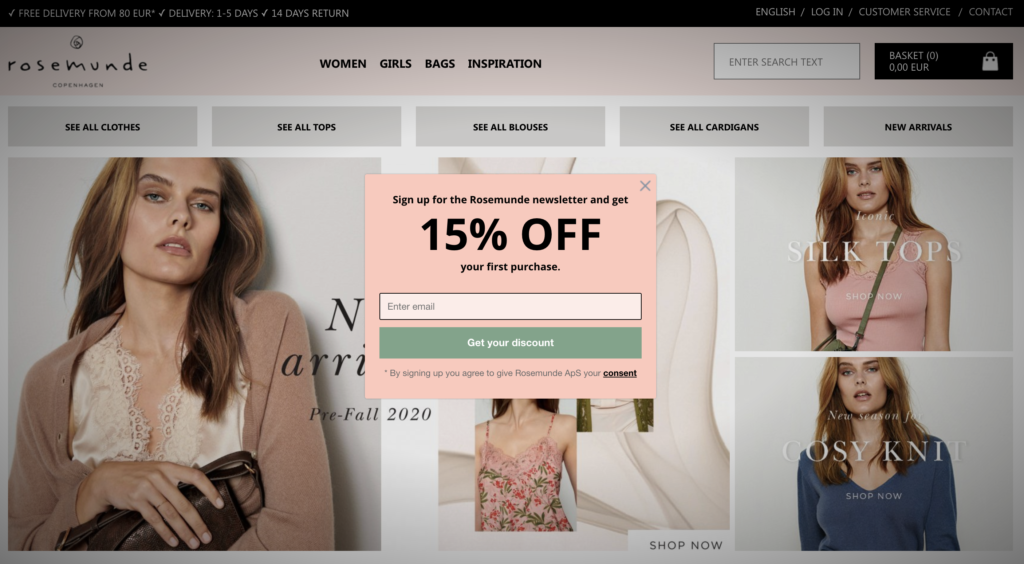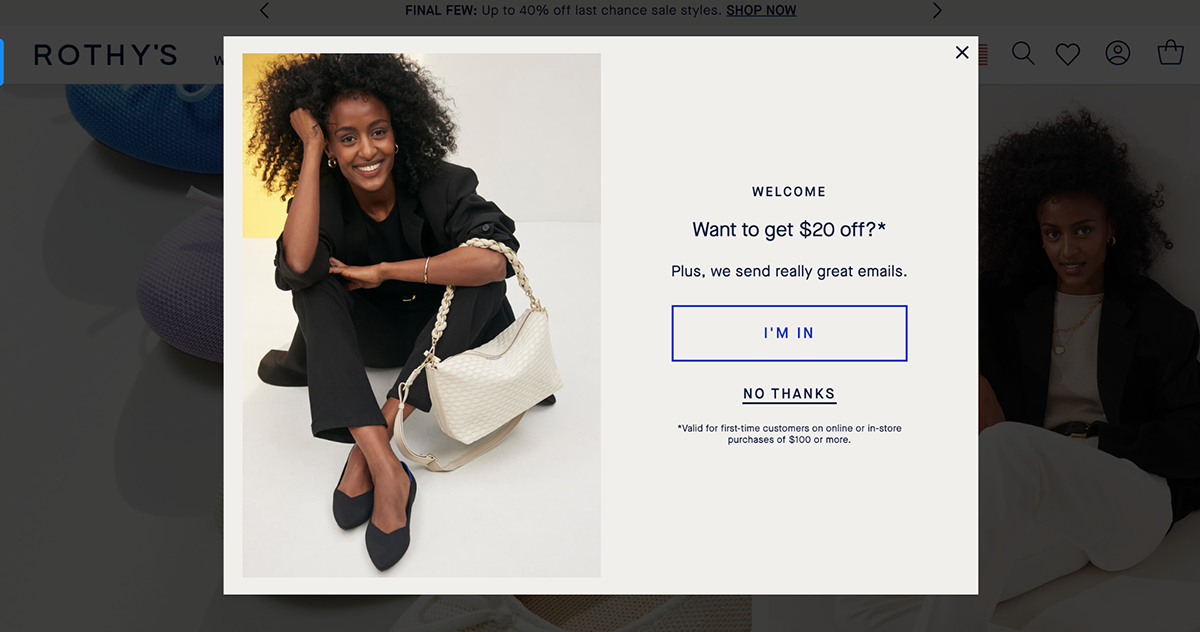
How to use pop-ups to collect emails while improving the user experience?
How to collect emails effectively without annoying your visitors? Pop-ups are a great way to build a database of qualified contacts, but if used poorly, they can deteriorate the user experience. The key to success?A strategic approach, which displays pop-ups at the right moment and offers perceived value that the user finds useful. With suitable formats and smart segmentation, you can maximize your conversions without disrupting navigation.Discover how to use high-performing pop-ups while providing an optimal user experience. Read on to learn everything!
What strategies for pop-ups that convert without frustrating?
The effectiveness of a pop-up relies not only on its design or message but also on the timing and manner in which it is displayed. An intrusive or poorly placed pop-up can ruin the user experience and increase the bounce rate. To collect emails effectively, it is therefore essential to adopt non-intrusive strategies tailored to visitor behavior.

📌 Choose the right time and format
💡 According to a study by Sumo, well-optimized pop-ups achieve an average conversion rate of 3.09%, and can reach 9.28% with strategic triggers.
✔️ Exit-intent pop-ups: Displayed when a user is about to leave the page, these pop-ups catch their attention without interrupting their navigation.
✔️ Timed pop-ups: Triggered after a certain amount of time spent on the site, they target engaged visitors.
✔️ Discreet banners: Placed at the top or bottom of the screen, they remain visible without disrupting the user experience.
✔️ Slide-ins: Smoothly appear from the side of the screen, providing a more natural effect.
🛠 Offer value in exchange for sign-up
A user will only provide their email if they perceive immediate value in return. The best incentives include:
✔️ Attractive lead magnets: Ebooks, practical guides, or checklists.
✔️ Discounts or exclusive offers: A discount on the first purchase can be an excellent conversion lever.
✔️ Premium content: Access to a newsletter with exclusive tips or a webinar.
✔️ Personalized and engaging text: A well-formulated, clear, and user-focused message significantly improves the sign-up rate.
How to optimize the user experience with well-designed pop-ups?
A poorly designed pop-up can frustrate visitors and harm your site’s image. To maximize email collection while preserving a smooth user experience, every detail matters: from display frequency to design to message relevance.

📊 Avoid mistakes that hinder navigation
💡 According to a study by Nielsen Norman Group, 82% of users consider intrusive pop-ups as a negative experience. It is therefore essential to optimize their display to avoid mass rejection.
✔️ Limit display frequency: A pop-up that appears too often can be perceived as aggressive and lead to an increase in the bounce rate.
✔️ Make it easy to close the pop-up: Adding a visible close button or a “No thanks” option improves the user experience.
✔️ Do not obscure the main content: A pop-up that completely blocks the screen without a quick exit option generates frustration.
✔️ Adapt the format on mobile: A pop-up that is too large or poorly optimized can hinder navigation comfort on smartphones.
🛠 Monitor performance and adjust strategy
A well-designed pop-up must evolve based on user feedback and measured performance. Here are the essential actions:
1️⃣ Analyze the conversion rate: Tracking how many users sign up after seeing a pop-up allows for adjustments to its content and trigger.
2️⃣ Conduct A/B testing: Testing different hooks, designs, and appearance times helps identify the most effective versions.
3️⃣ Segment the display: Show different pop-ups based on the traffic source (returning visitors, new visitors, existing subscribers).
4️⃣ Optimize the mobile experience: Ensure that pop-ups display correctly on all devices to avoid a drop in conversions.
Well-designed pop-ups are a powerful tool for collecting emails without harming the user experience. Refine their display, test your strategies, and maximize your conversions. Ready to optimize your email collection? Adopt Poosh.io today!